The successor to the McLaren P1 mixes Formula 1 aerodynamics with a mighty new V8 hybrid drivetrain that sends all of its 1258bhp to the rear wheels.
Although the McLaren Senna and Speedtail have followed in the decade since the P1, the £2 million McLaren W1 is considered by its maker to be the true successor to that hypercar, which was itself a follow-up to the seminal McLaren F1.
The W1 breaks all records for the company in terms of power and performance. It laps circuits quicker than the aero-focused Senna and accelerates faster than the speed-focused Speedtail, all in a package that weighs 1399kg thanks to a forensic approach to weight-saving for every component, from the engine to the sun visors.
The P1 was famously launched at the same time as the LaFerrari and Porsche 918 Spyder to create a ‘holy trinity’ of hypercars and Ferrari is understood to be readying its own LaFerrari successor for an imminent launch as a rival to the W1.
McLaren W1 engine and performance
At the heart of the W1 is an in-house-engineered twin-turbocharged 4.0-litre flat-plane-crank V8 engine. McLaren says the engine is new from the ground up and designed specifically to work with hybrid systems.
The engine, which uses both direct injection and port fuel injection, produces 915bhp on its own to give the highest output per litre of any McLaren engine yet Codenamed MHP-8, the engine works in conjunction with an e-module, which comprises a motor control unit and a 342bhp radial flux electric motor with performance aping a Formula E car’s motor.
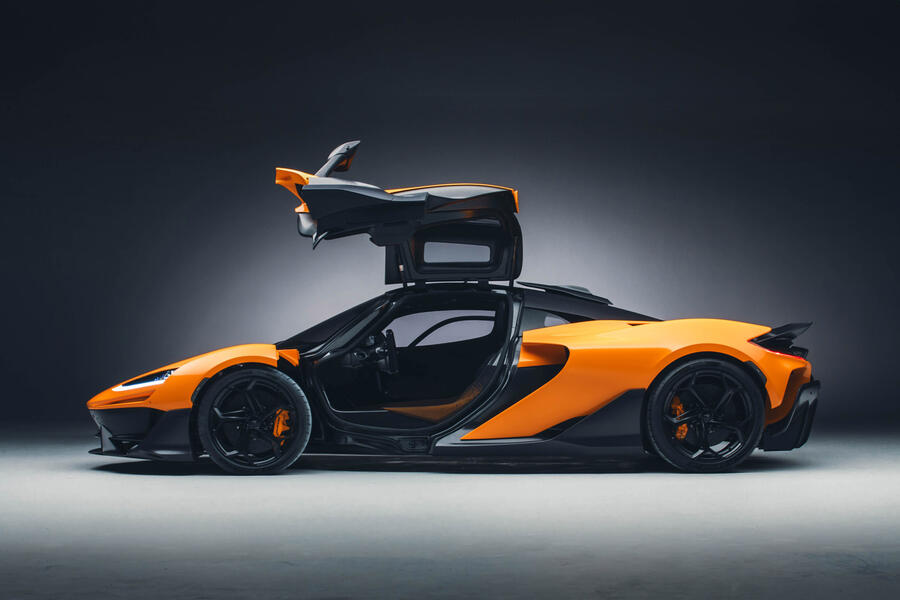
This is used primarily to add more performance via a small, 1.4kWh battery (the car is not a plug-in hybrid) but it also acts as a reverse gear for the eight-speed dual-clutch transmission, enables silent start-up and allows for 1.6 miles of EV range.

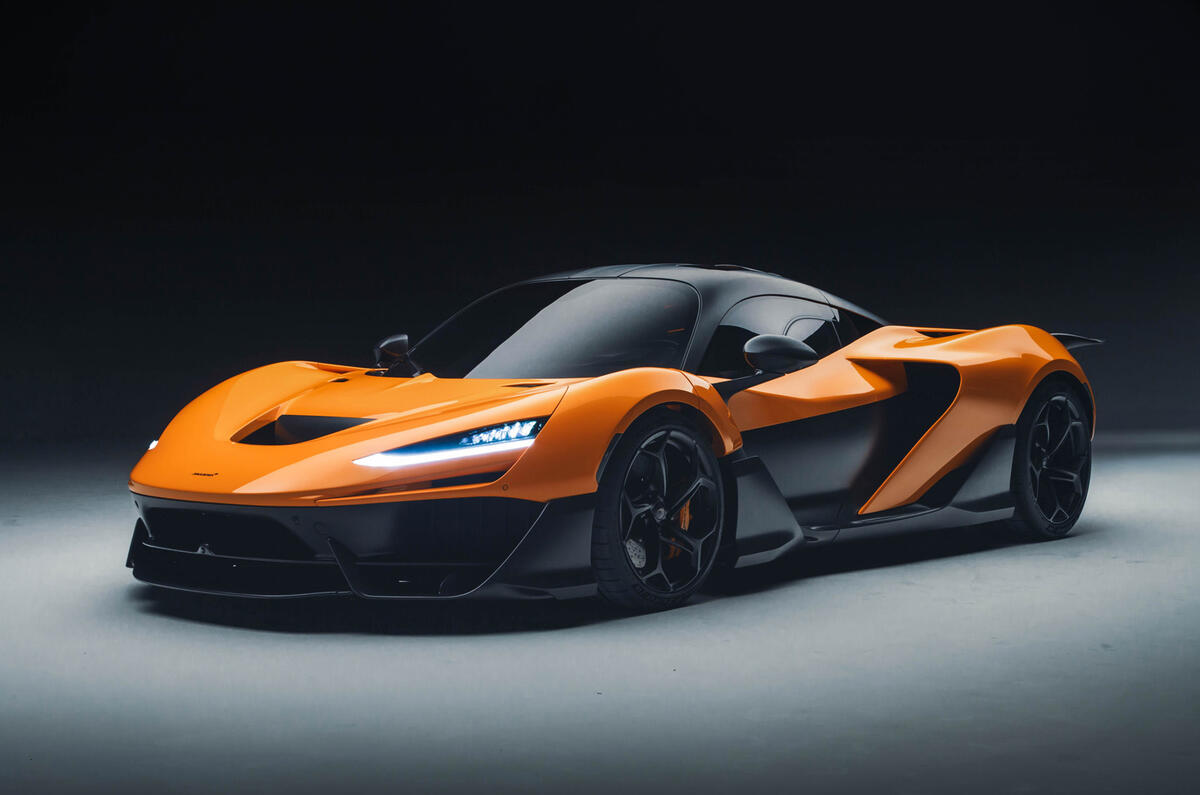
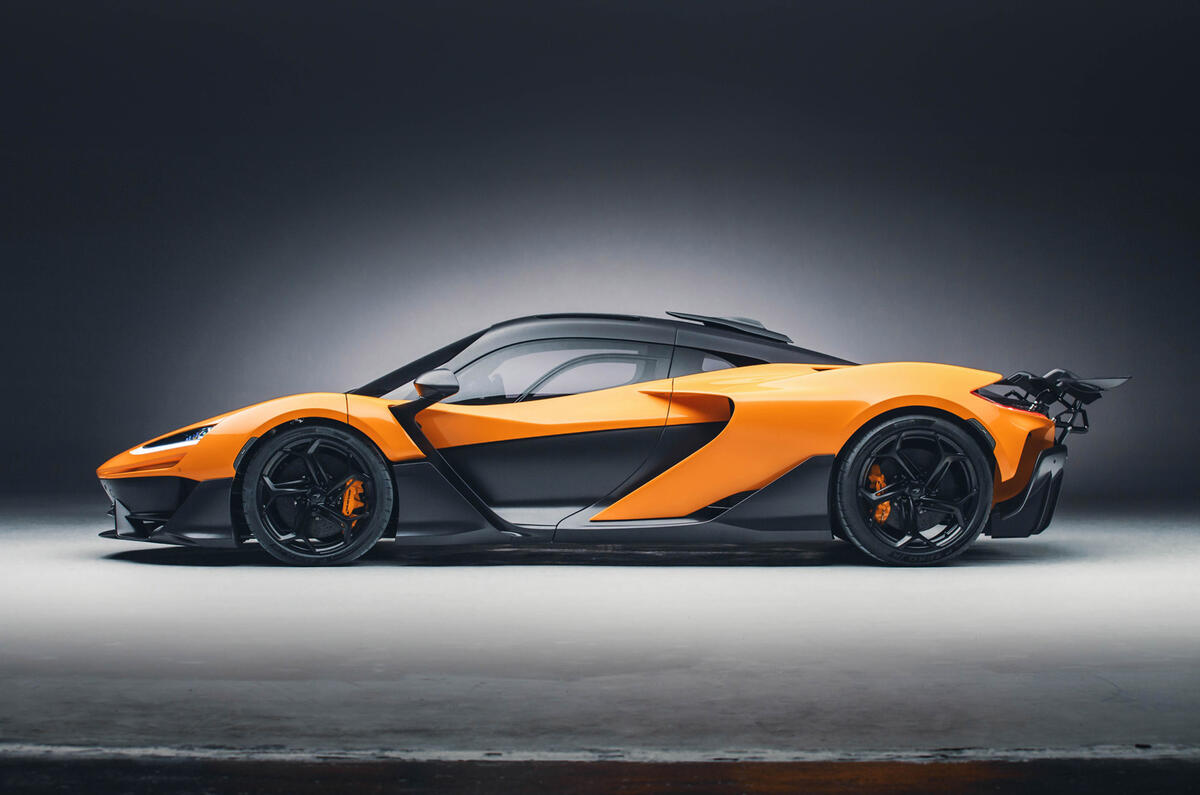
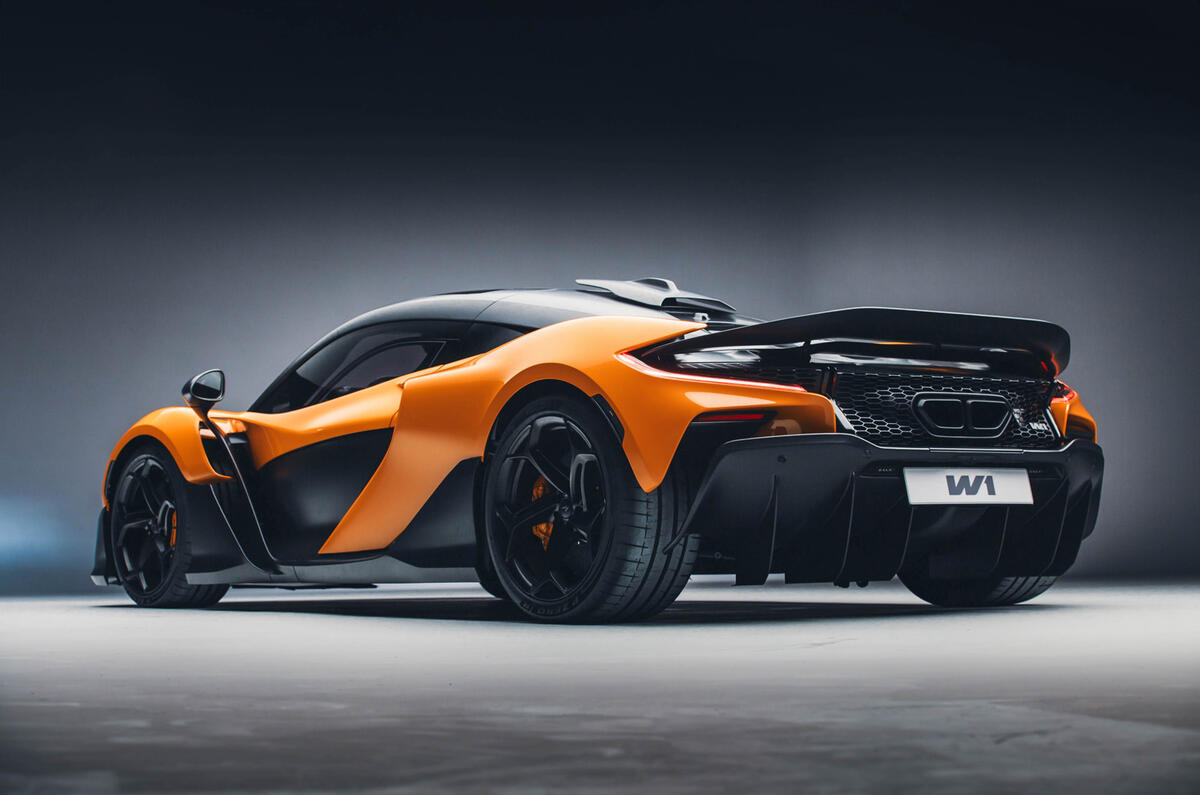
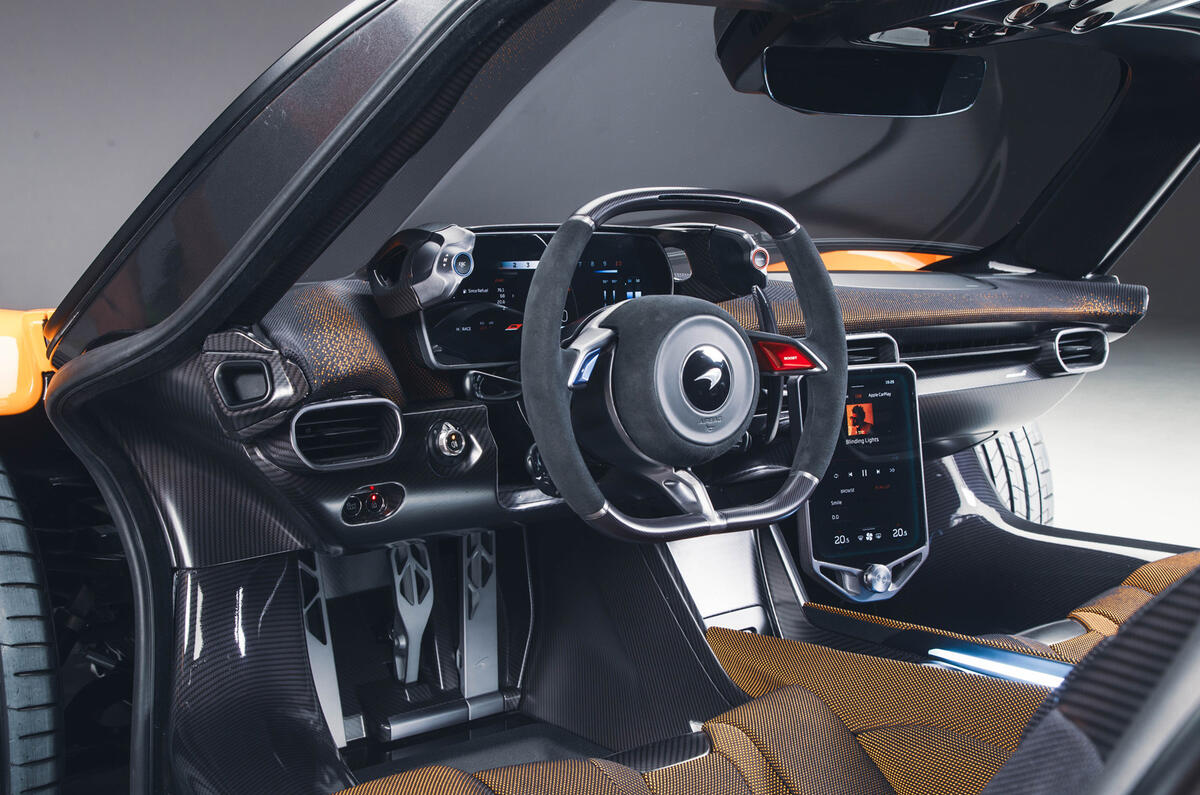
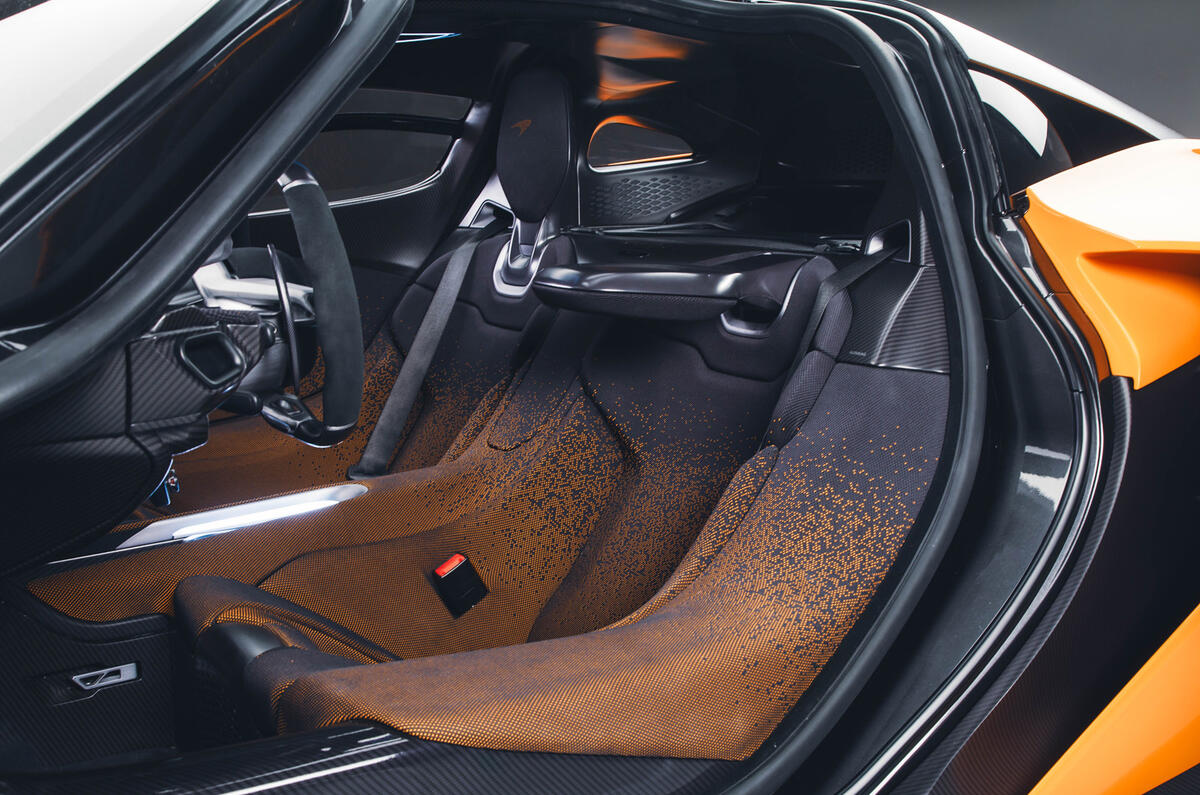


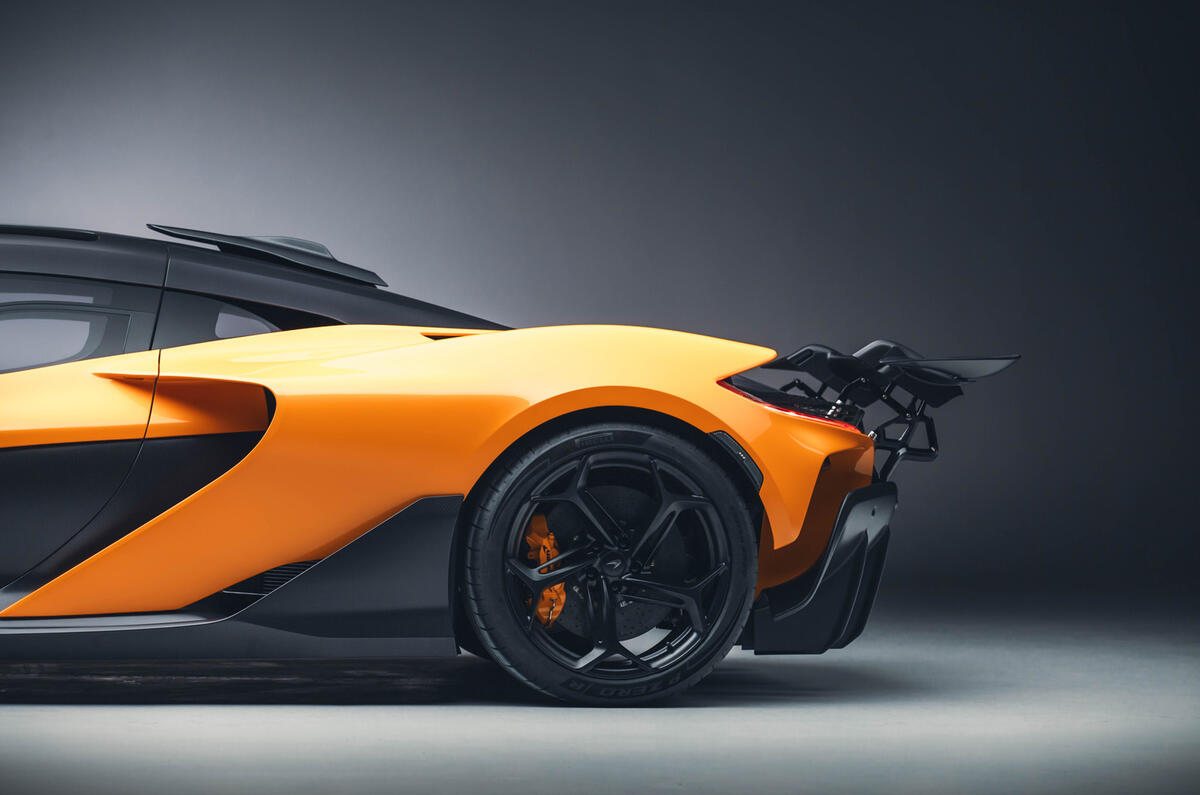
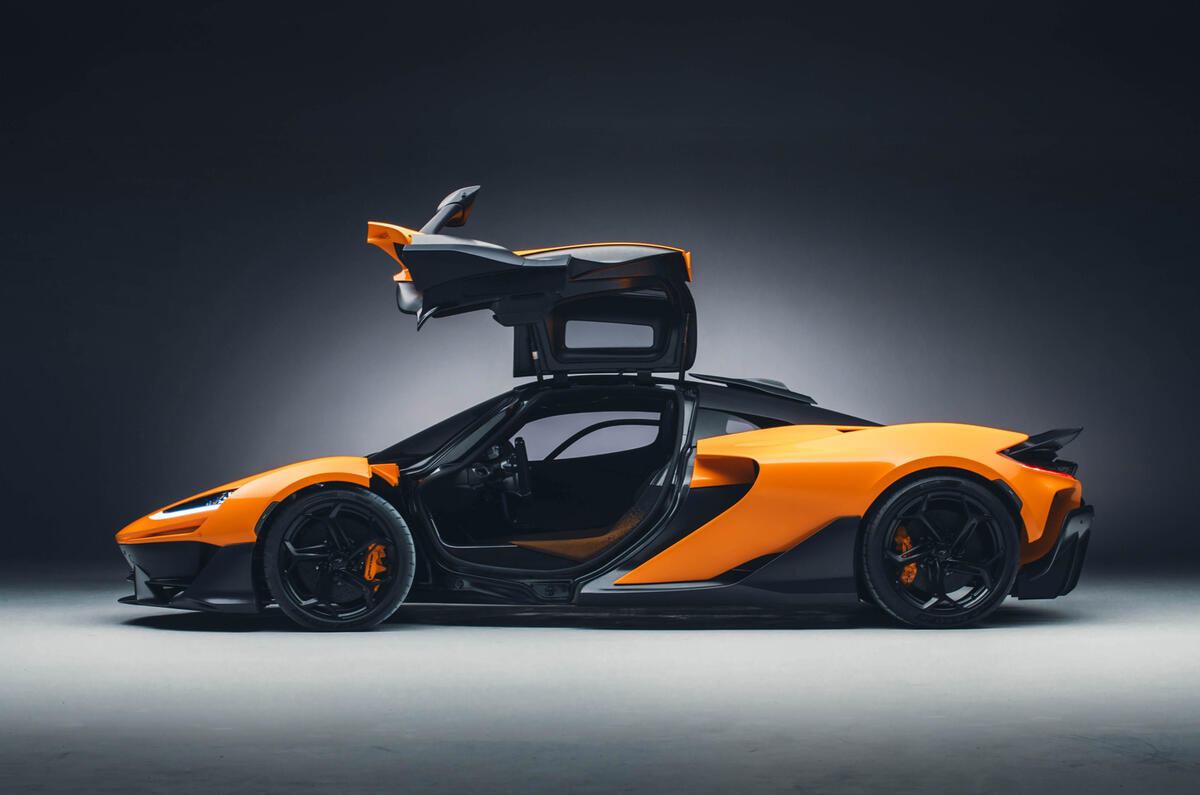
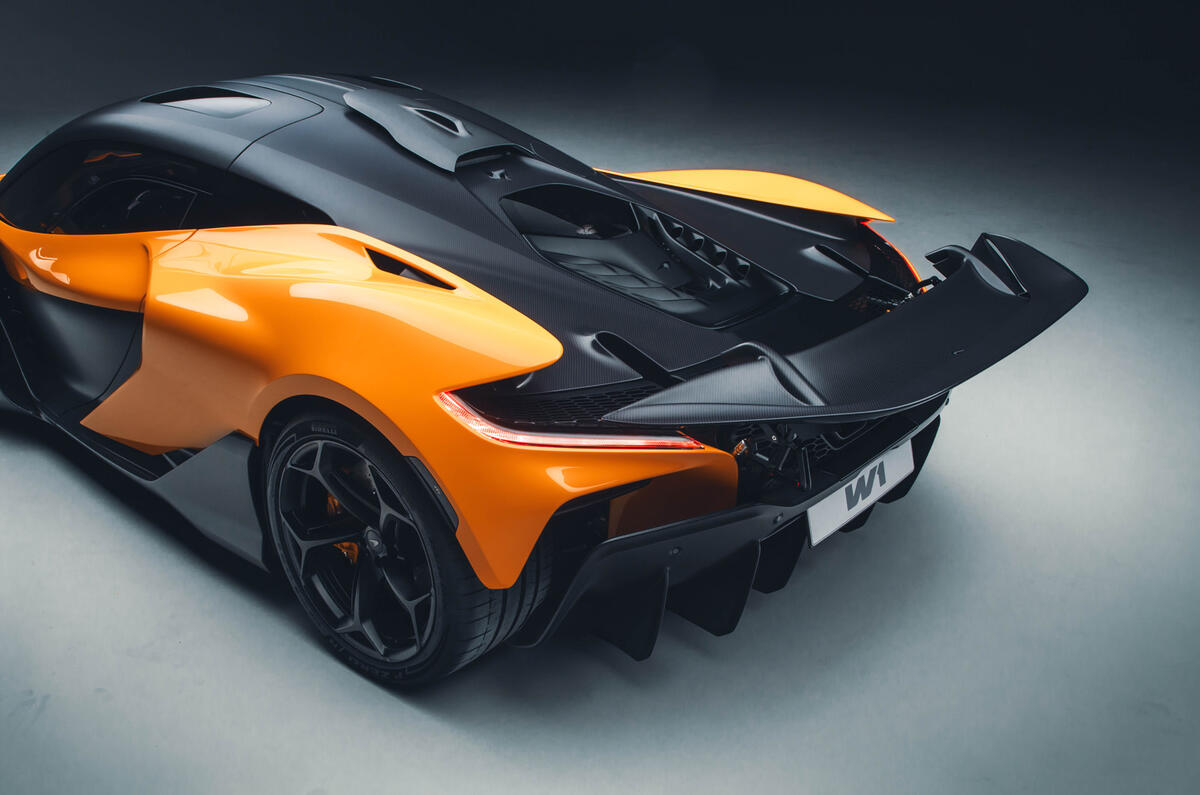
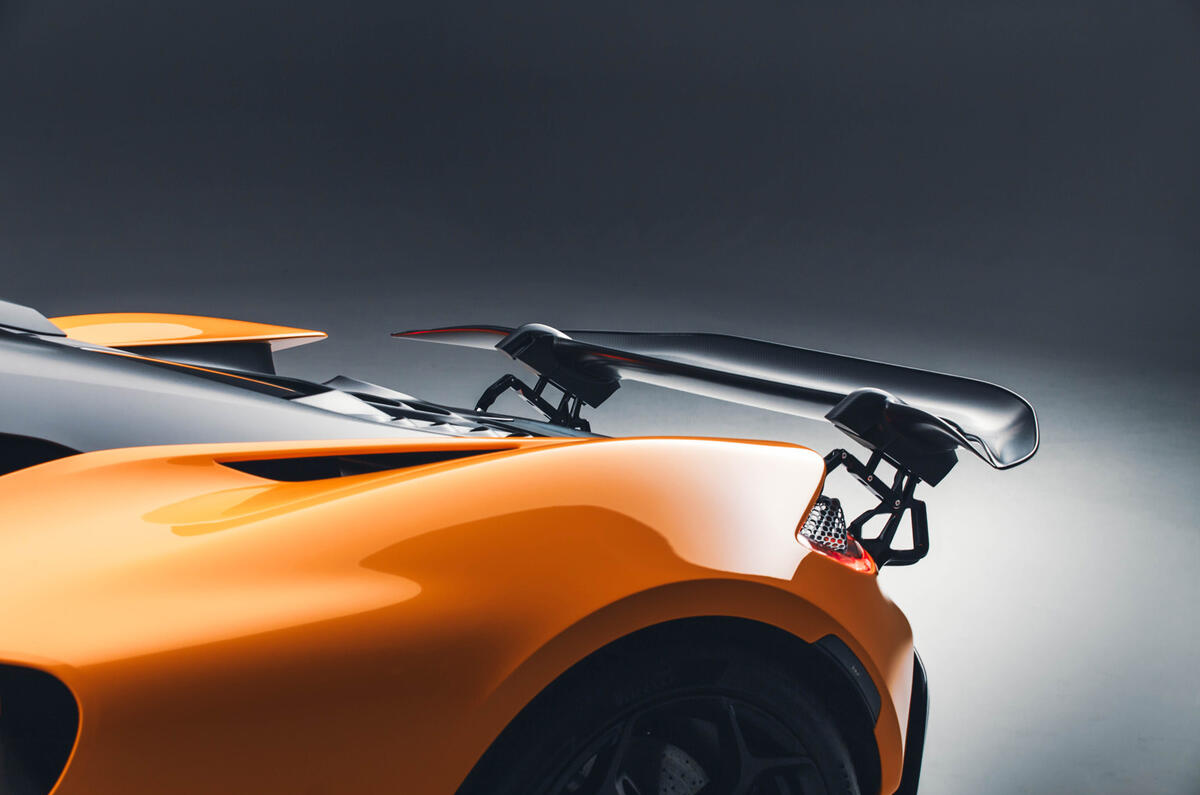
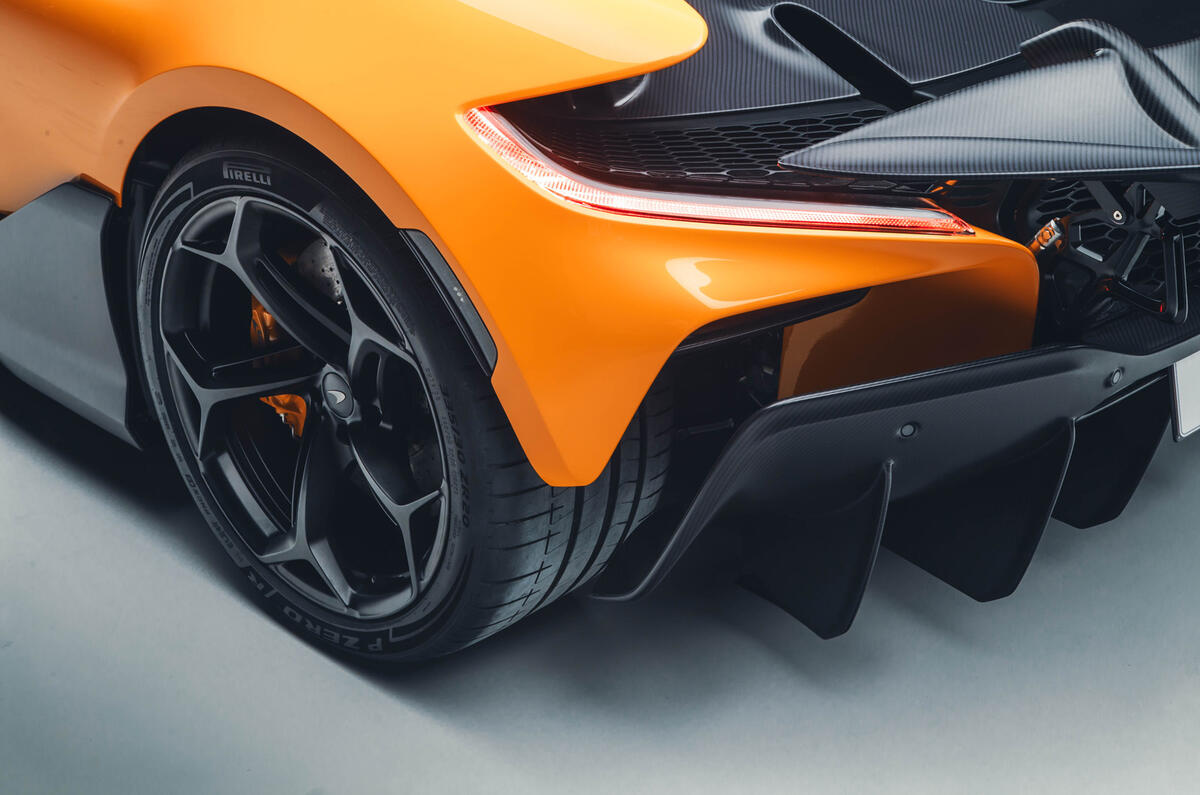
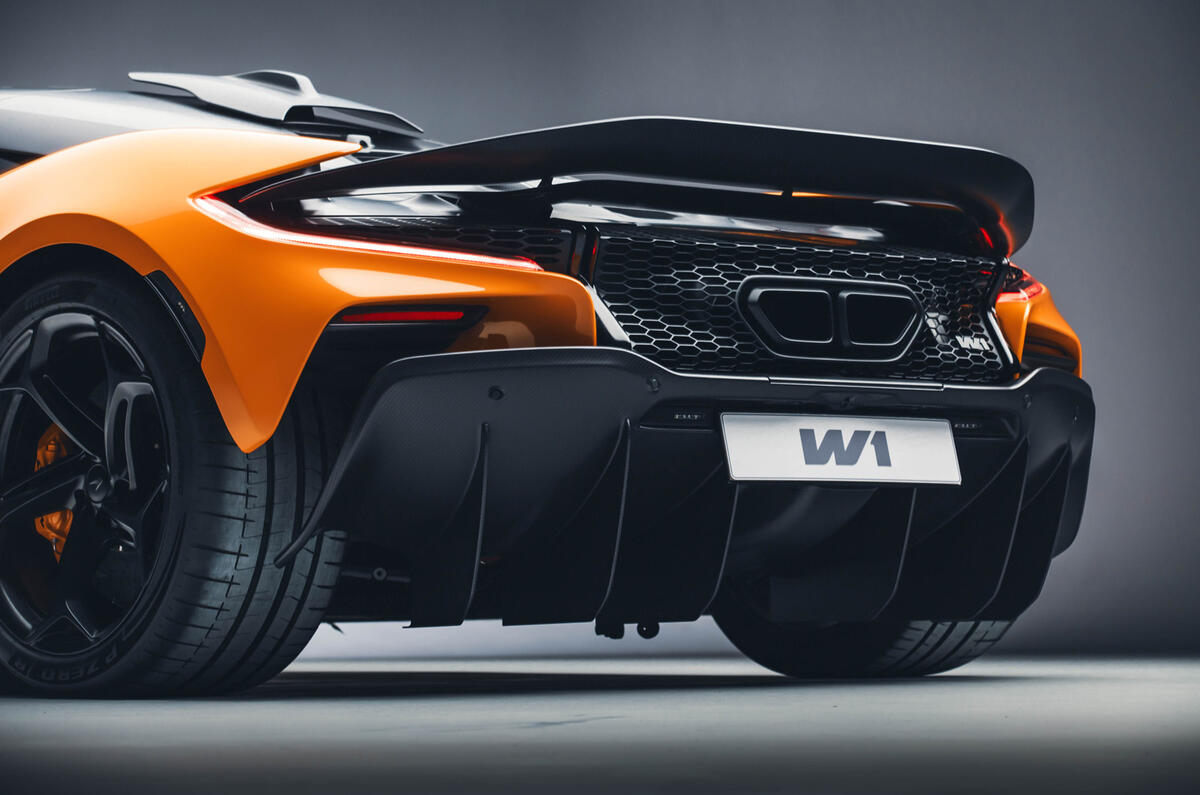
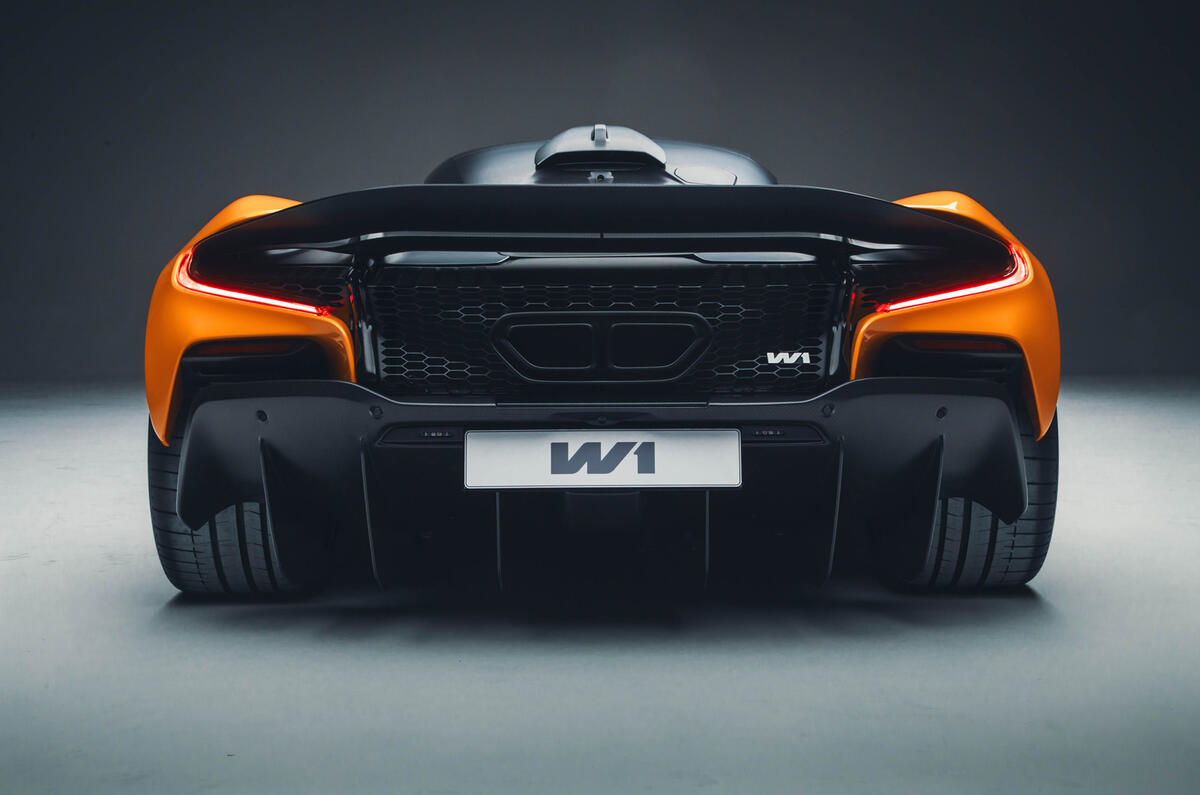

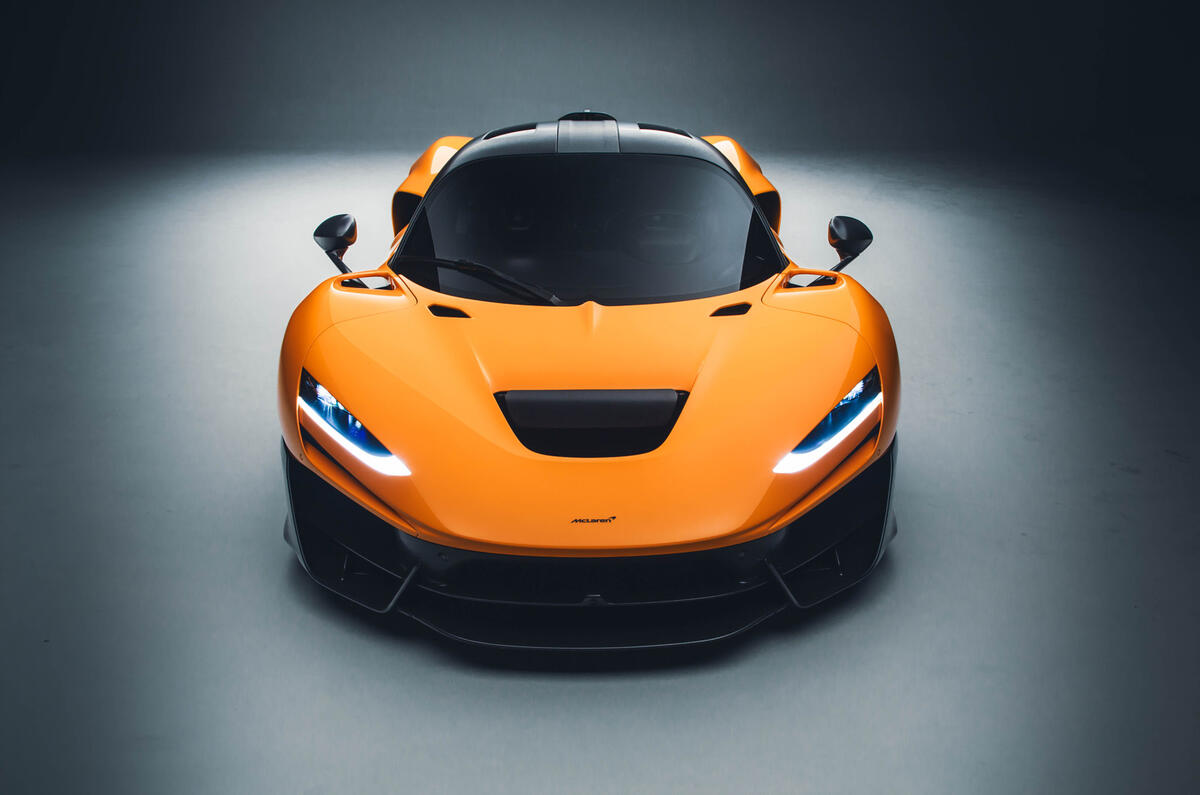
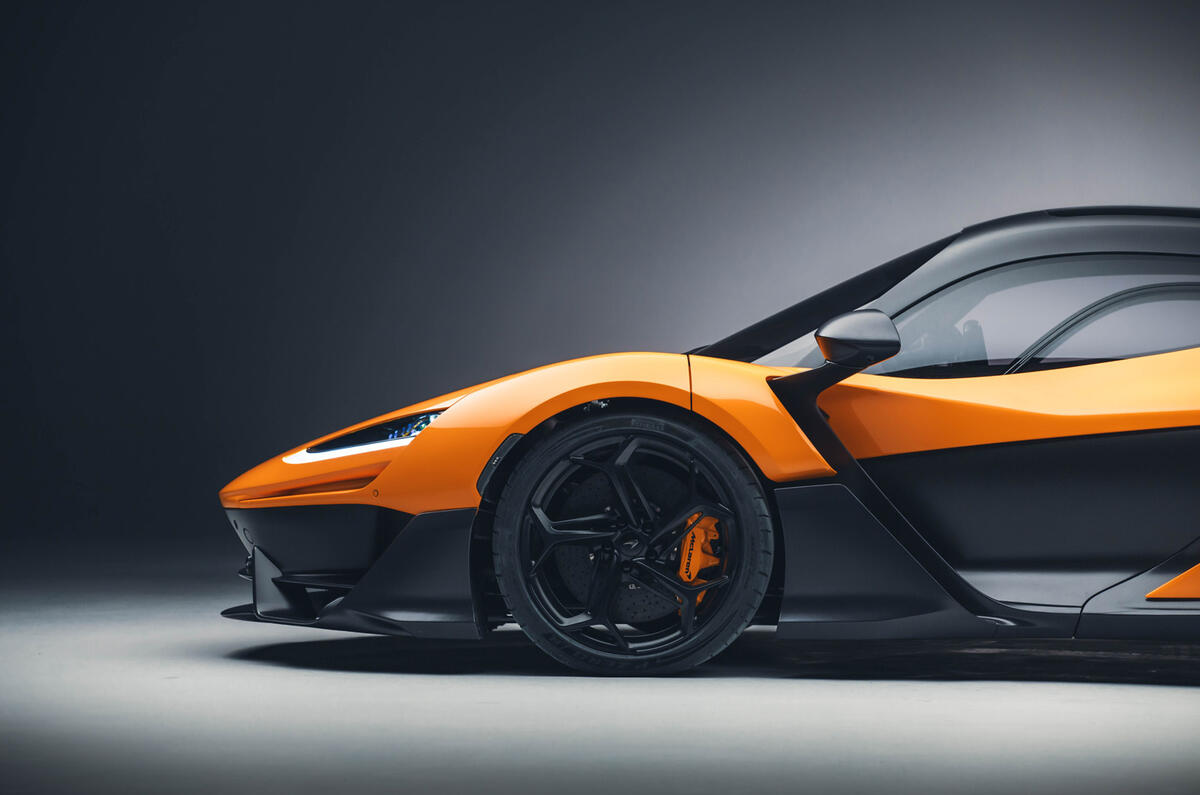
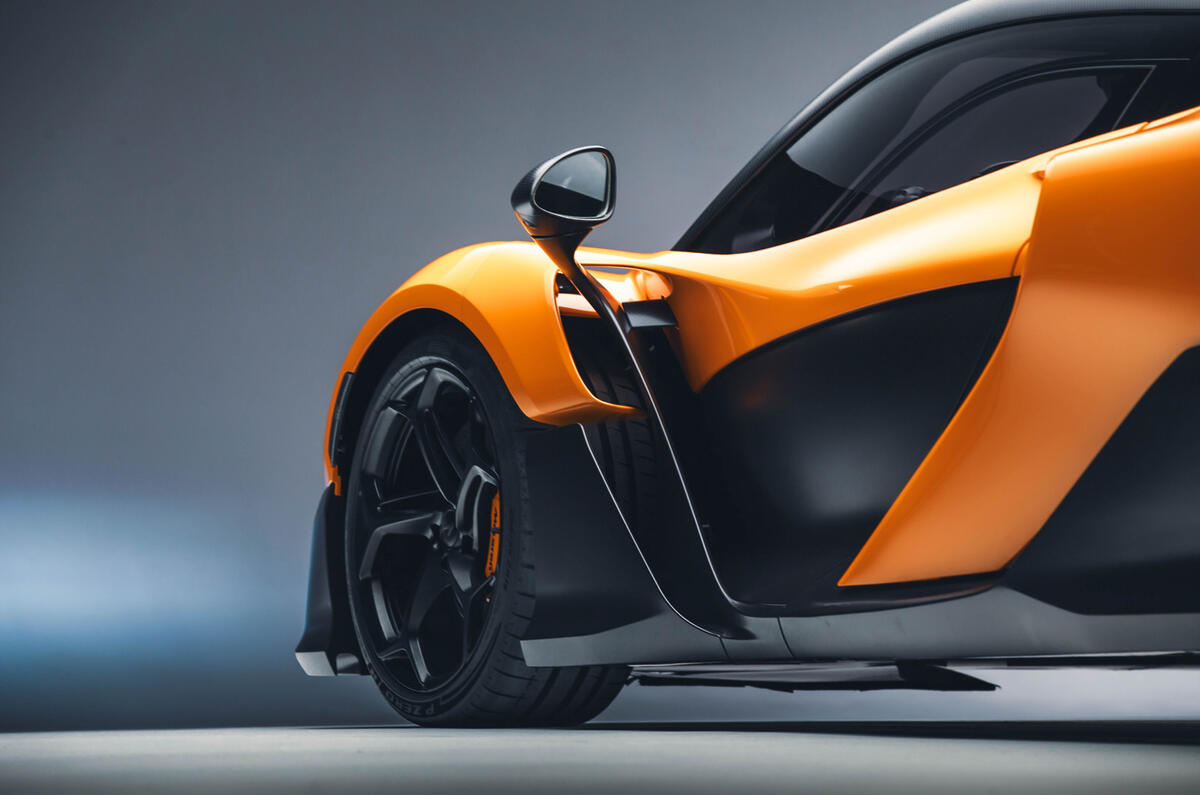

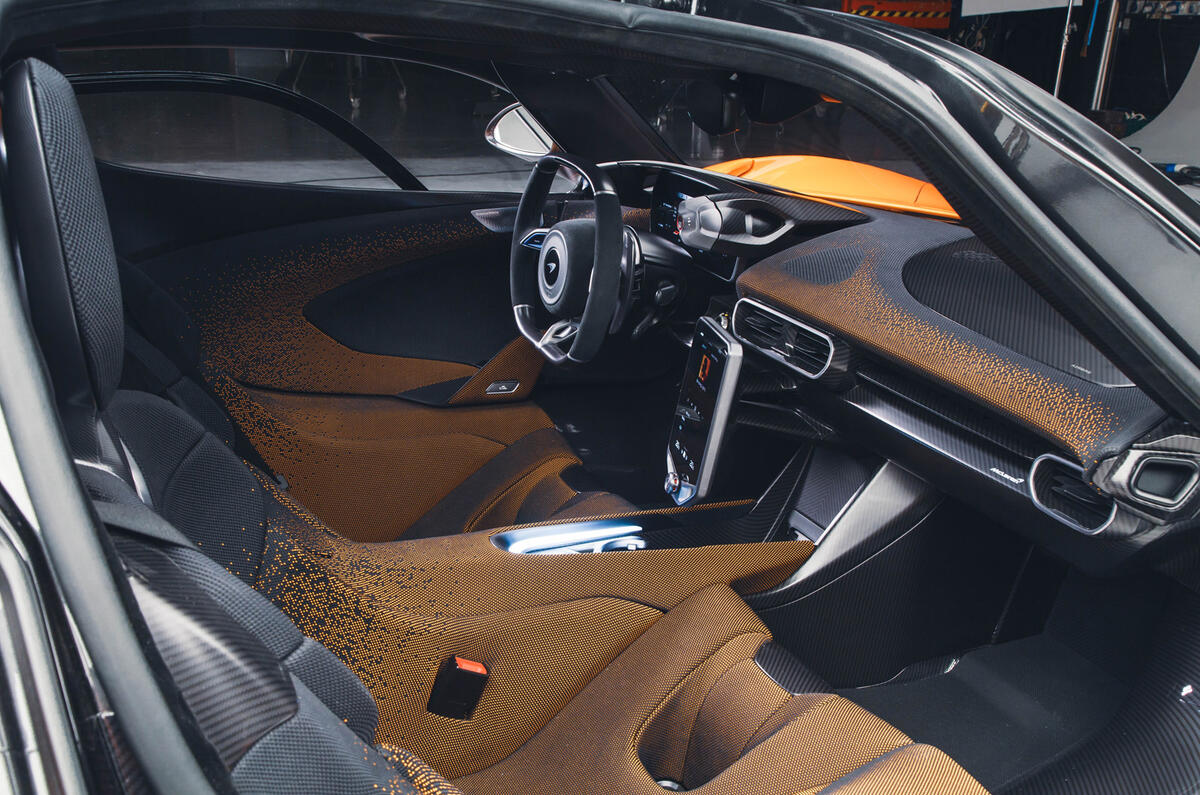











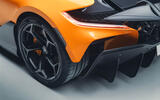









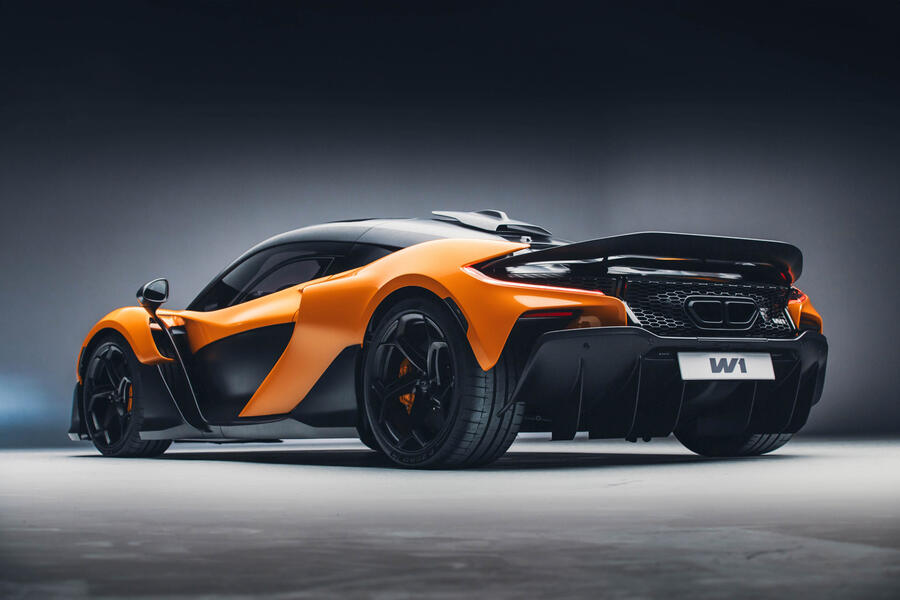

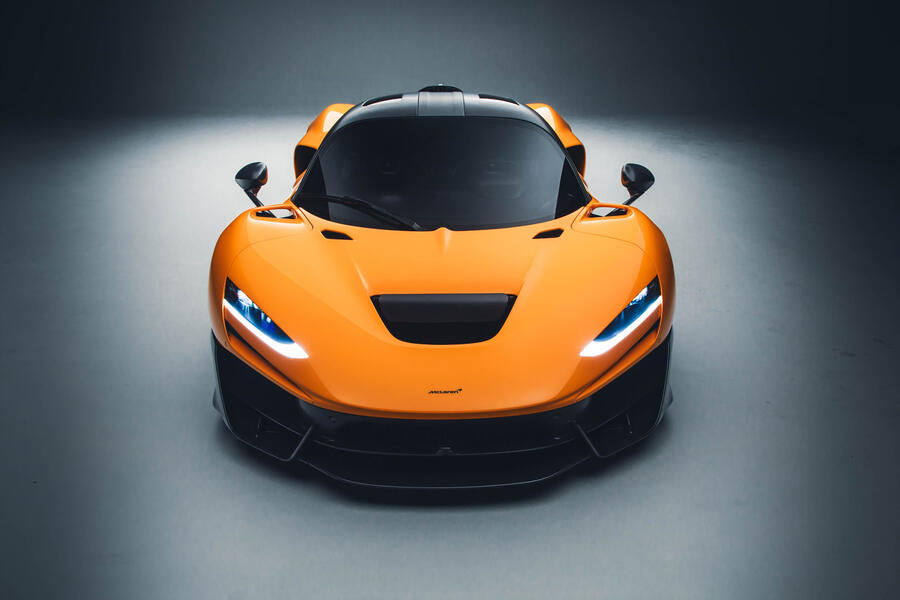

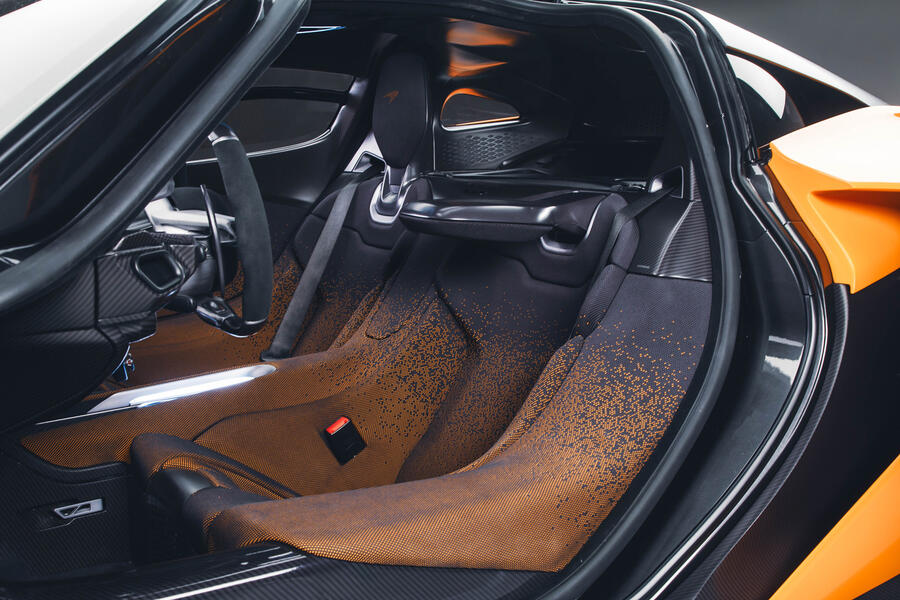





Join the debate
Add your comment
Reasons for limiting top speed include the vanishingly small chance that one individual can be both rich enough to buy one of these and skilled enough to control it and the linits of tyre technology.
Do McLaren employ any deisgners? Or do they just recycle the same design and shape over and over again.
A bit like Porsche!
And 60+ years later they're still doing it, are you saying any Porsche isn't that good?, that buyers don't know have a clue what a good car is?, no, Porsche and many others have turned out many good cars and the odd lemon,McLaren seem to be able to sell everything they make as do the other super car brands, it's how big your pocket is, or how much your ego shoes when commenting on cars?
Fairly sure the Mclaren GT is the exception to them selling everything they build.
It has 1258 BHP and yet tops out at a speed limited 218 mph. Why? Is that just so they can put the engine in another car and go Bugatti chasing, then charge more money?
Personally I like the look of it. Inside and out.